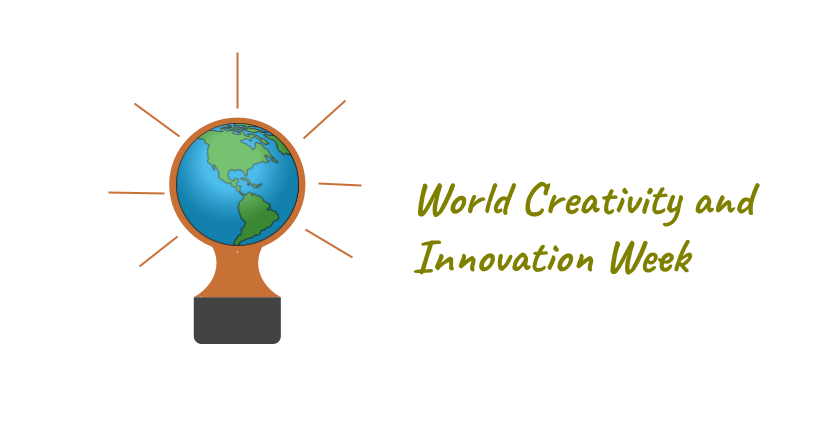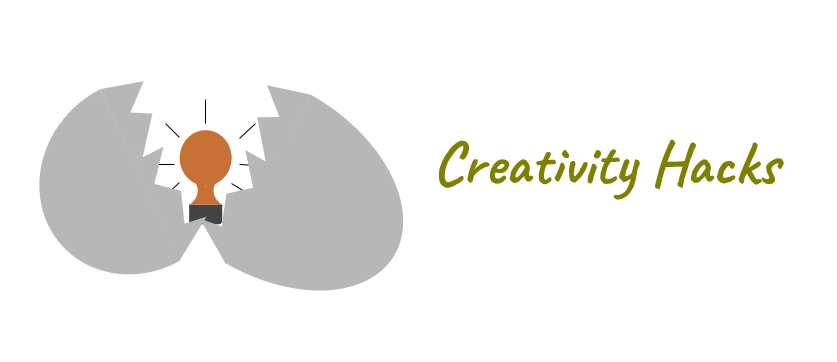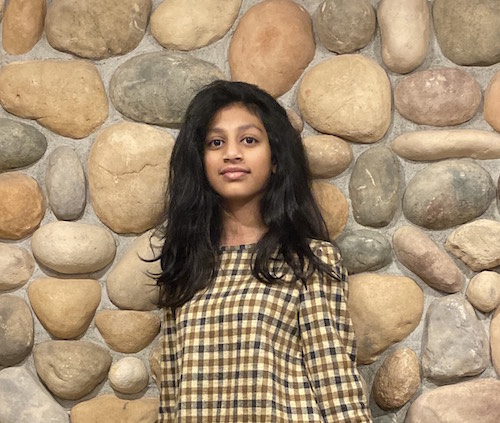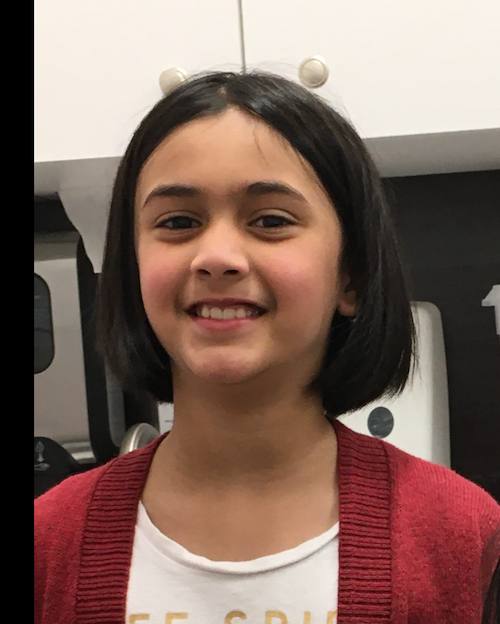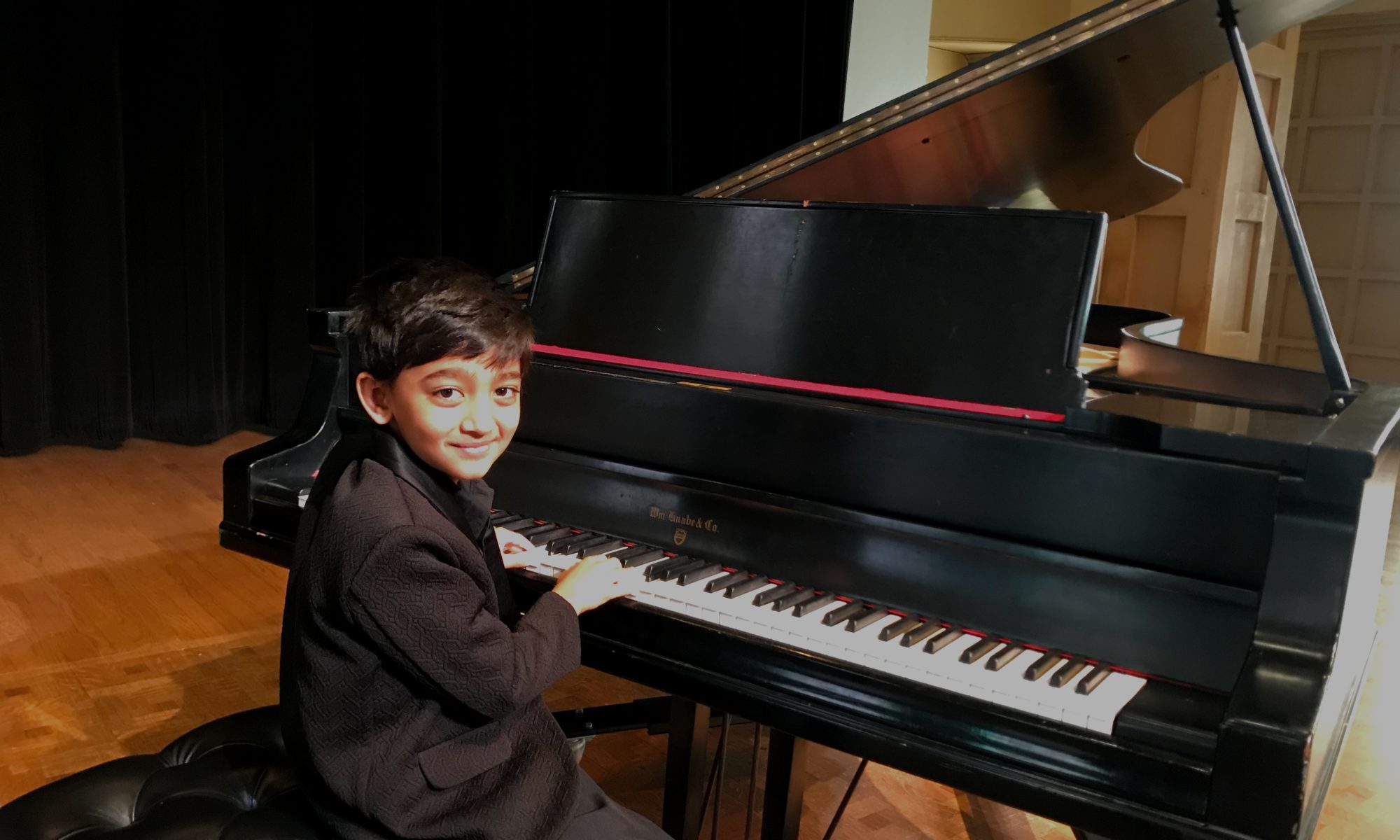The Fourth Industrial Revolution, marked by an increased use of AI and automation, is expected to have a profound impact on the workforce.
The World Economic Forum’s Future of Jobs report found that by 2022, machines and algorithms will increase their contribution to specific tasks by 57% and in some categories of jobs the ratio of work done by machines vs. humans is going to tip towards machines. Tasks that are repetitive in nature and involve sequential thinking are easy targets for automation. Creative, non-linear ways of thinking are much harder to automate and future job growth is expected to come primarily from the creative domain. As the report outlines, “Proficiency in new technologies is only one part of the 2022 skills equation, however, as ‘human’ skills such as creativity, originality and initiative, critical thinking, persuasion, and negotiation will likewise retain or increase their value.”
Creativity is no longer just nice-to-have, it is now an indispensable skill for students to build.
The UN recognized the growing importance of creativity, and in 2017 it designated April 21st as the World Creativity and Innovation Day (WCID). Their goal is to raise the awareness of the role of creativity and innovation in human and economic development. April 21, the day before Earth Day, April 22, was deliberately chosen to emphasize the role creativity plays in solving global challenges to create a sustainable planet.
The origin of the WCID goes back several years. It was founded in 2001 by Marci Segal, after seeing an article on the Canadian Creativity Crisis. Having studied creativity at the International Center for Studies in Creativity, SUNY Buffalo earlier, she decided to raise awareness around creativity and its impact around the world. In 2006, the day expanded to a week-long celebration starting on April 15th, Leonardo daVinci’s birthday, and culminating on April 21st. The World Creativity and Innovation Week (WCIW) was born!
WCIW starts next week on Thursday (4/15) and there are several events planned for that week. Here are a few fun events geared towards building and encouraging student creativity.
- Seven-Day CreateTUBEity Challenge, April 15-21 12 pm EST: Dr. Cyndi Burnett, Creativity expert and Director of Possibilities at Creativity and Education, and children’s book author Barney Saltzberg, are going to subject themselves to a new creativity challenge led by a different creativity expert each day from around the world. Join them for a FREE daily 15-minute live-stream event on CreateTubeity. Appropriate for the young, and the young at heart!
- Global Innovation Field Trip (GIFT), April 17th-April 18th: GIFT is a 24-hour, virtual, multi-country event hosting presentations from innovators currently spanning 28 countries. Young innovators and educators from across the globe will share their ideas to support and inspire innovation, and the event is free for anyone to attend. “GIFT provides an excellent platform for students to share their stories of innovation with a global audience and inspires educators to incorporate innovation, invention, language, culture and a variety of other subjects utilizing STEAM skills into their regular daily lessons,” says Juli Shively, GIFT Co-Founder and COO of Innovation World.
- Belouga’s Creativity and Innovation Playlist: To inspire students and educators to learn more about creativity, Belouga has created a playlist of lessons for the World Creativity and Innovation Day. There are over 50 lessons corresponding to over 30hrs of content, covering many different aspects of creativity in our lives.
I hope you can find time to join in these creativity focused events next week, or be creative in your own way! And if you choose to do your own creative activity, don’t forget to register it with WCIW and share with others.
This article first appeared on edCircuit.

